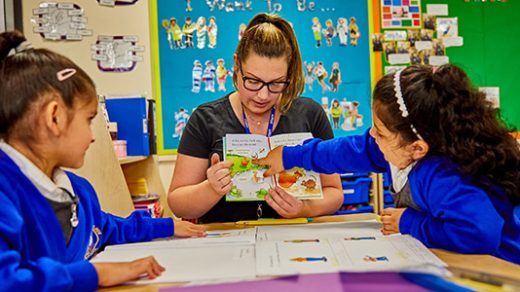Cyberbullying increase: new data sparks urgent call to action

The World Health Organisation/Europe (WHO) recently released the second volume of the Health Behaviour in School-aged Children (HBSC) study, which focuses on patterns of bullying and peer violence among adolescents across 44 countries and regions.
While the overall trends in school bullying have remained stable since 2018, cyberbullying has increased, magnified by the increasing digitalization of young people’s interactions, with potentially profound impacts on young lives.
Some of the key findings include the following:
- Bullying others at school. An average of 6% of adolescents engage in bullying others at school. This behaviour is more prevalent among boys (8%) compared to girls (5%)
- Being bullied at school. Approximately 11% of adolescents have been bullied at school, showing no significant difference between boys and girls
- Cyberbullying others. About 12% (1 in 8) of adolescents report cyberbullying others. Boys (14%) are more likely to report cyberbullying than girls (9%). Notably, this reflects an increase from 2018, with boys up from 11% and girls from 7%
- Being cyberbullied. 15% of adolescents (around 1 in 6) have experienced cyberbullying, with the rates closely aligned between boys (15%) and girls (16%). This represents an increase from 2018, from 12% to 15% for boys and 13% to 16% for girls
- Physical fighting. 1 in 10 adolescents has been involved in physical fights, with a noticeable gender difference: 14% of boys versus 6% of girls
Cyberbullying introduces unique challenges for adolescents, extending beyond the school gates into the perceived safety of their homes and personal lives.
The latest data from 2018 to 2022 shows a concerning increase in cyberbullying, with boys cyberbullying others rising from 11% to 14% and girls from 7% to 9%.
Similarly, reports of being cyberbullied have escalated from 12% to 15% for boys and from 13% to 16% for girls. With adolescents spending an increasing amount of time online, these figures highlight the urgent need for interventions involving educators, parents, community leaders, and policy-makers to foster digital literacy and safety.
In light of these challenges, Dr Joanna Inchley, HBSC study international coordinator, said: “The digital world, while offering incredible opportunities for learning and connecting, also amplifies challenges like cyberbullying.
“This calls for comprehensive strategies to protect our young people’s mental and emotional well-being. It’s crucial for governments, schools, and families to collaborate on addressing online risks, ensuring adolescents have safe and supportive environments in which to thrive.”
Dr Hans Henri Pluge, WHO regional director for Europe, said: “This report is a wake-up call for all of us to call out bullying and violence, whenever and wherever it happens.
“With young people spending up to 6 hours online every single day, even small changes in the rates of bullying and violence can have profound implications for the health and well-being of thousands.
“From self-harm to suicide, we have seen how cyberbullying in all its forms can devastate the lives of young people and their families. This is both a health and a human rights issue, and we must step up to protect our children from violence and harm, both offline and online.”
WHO/Europe has recently published its first-ever position paper on protecting children from online harms. It will support governments in formulating consistent requests to technology companies, with the overall goal of securing healthy online environments in which children can thrive.
Responding to the statistics, Sarah Hannafin, senior policy advisor for school leaders’ union NAHT, said: “These figures showing an increase in cyberbullying among children are a real concern, and while schools work hard to help keep pupils safe, online bullying can take place anywhere, at any time.
“Schools alone cannot tackle the issue and the government must ensure the Online Safety Act is implemented swiftly and properly enforced, while social media platforms must do much more to provide a safe online environment. This must include better monitoring, robust age verification, clear ways to report concerns and more transparent codes of conduct, setting out the implications of misuse.
“The government should establish a national online safety strategy and education programme to raise public awareness – supporting parents and carers to understand the risks and benefits of their children’s exposure to the digital world outside of school. NAHT stands ready to work with the government and other stakeholders to help make this a reality.”








